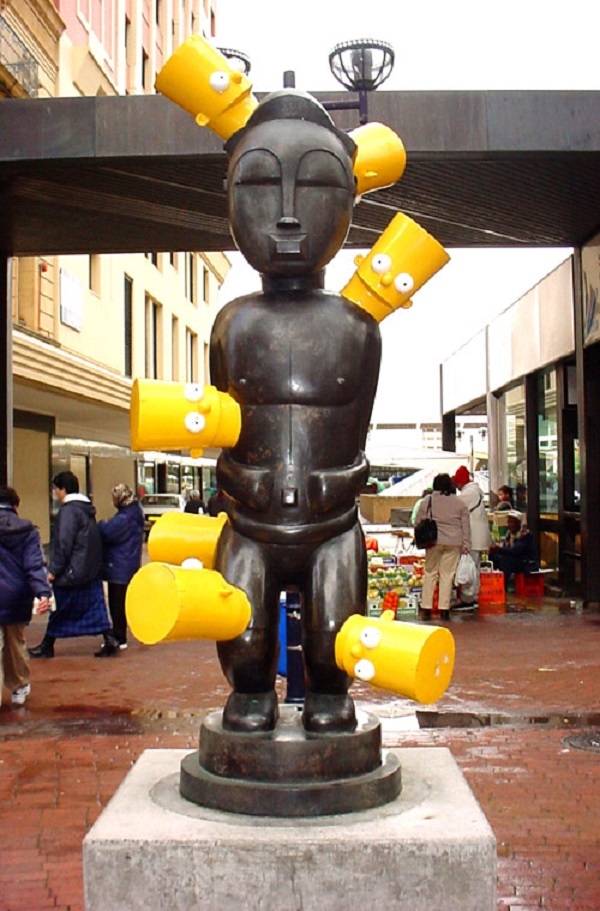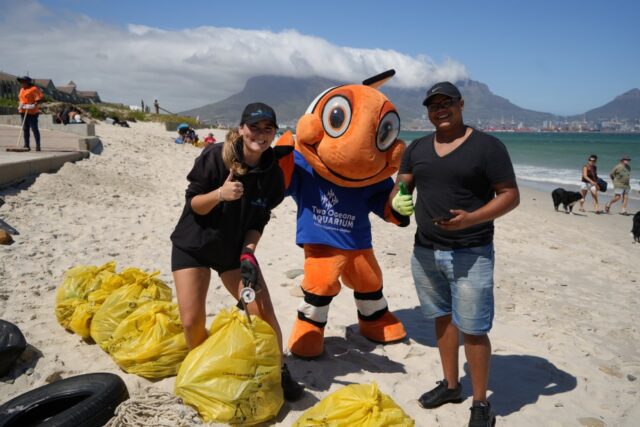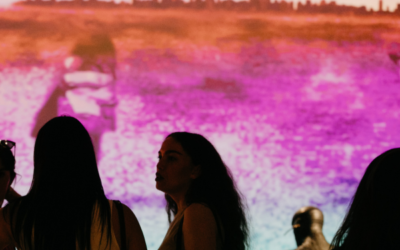For many artist hoping to see their work placed in the public sphere, the easy route seems to be an approach of “play-play” writes Melvyn Minnaar.
Few who enjoy – or even like – the giant sunglasses installed on Sea Point’s promenade, will suggest that this is, well, a significant work of art.
On the other hand, it’s not unreasonable to think that the Western Cape government, about to pay R1-million for an art piece in front of its Cape Town head office, expects its commission to be just that: good art. A work of importance, enduring and admired.
After extensive renovations of the old Brutalist building that straddles Wale and Dorp Streets, which included a podium in the latter, earlier this year, the provincial government announced an open competition. It called for submissions by October 15 to find “an exceptional, permanent artwork” to be placed on that specially-constructed dais.
Two weeks ago premier Helen Zille’s office announced the finalists selected and placed images on the province’s official website.
To judge from the 16 finalists chosen, that high aim of finding something “exceptional” may not quite be fulfilled. What they may be getting could be little more than adult toy art.
Presence of place is a key factor in “anchoring” such a sculpture (or whatever). It could be complimentary or invasive, but it needs to have a consciousness of its space.
In this Cape Town case, it’s a newly-reconfigured plaza, corner of Dorp and Long, in the hub of that buzzing metropolitan rainbow street.
The revamped provincial building with its new silly, senseless criss-cross beams is perhaps the reason for some humour slipping into some of the proposals. There are balls, flags, seats, and a terrible bird cage among the entries chosen.
Better-known names – at least with some public art track record – are Gavin Young, Brett Murray, Jaco Sieberhagen and Jacques Coetzer. From the small pictures it is difficult to get an idea what their suggestions may turn out to be, but let’s say the excitement level is fairly low.
Other finalists are Alan Munro, Craig Cockcraft, Laduma Ngxokolo (with Jaco Sieberhagen), Gert Swartz, Leonard Miller, Liva Dudareva, Michael Korycki, Ofentse Letebele, Paul Mesarcick, Robert Bowen, Rodan Heart, Ross Jenkin, and Tsai & Christo.
In all fairness, one must give these artists and designers space.
The brief from the Western Cape government was tough bureaucratese to chew: “The piece must highlight the chosen theme of ‘20 Years of Freedom and Democracy’ while incorporating the World Design Capital 2014 theme of ‘Live Design, Transform Life’. It should depict the extraordinary history and diversity of Cape Town’s community, while still pointing to the city’s aspirations of the future.”
The budget is R1-million, of which R900 00 is for construction and materials, bagging the winner R100 000 – these days not a large amount of money for any art.
The judges are Nomafrench Mbombo, Western Cape minister of cultural affairs; Marilyn Martin, former director of the South African National Gallery; Beverley Schafer, provincial legislator; Bulelwa Makalima-Ngewana, Cape Town Partnership; Zayd Minty, culture manager for Cape Town; Jay Pather, director of the Gordon Institute for arts and Jo Noero, architect.
By April 15 next year, they will have to decided whether to go for toy art or something more solid. It will be unveiled on September 27 2015.
See full report in Mail & Guardian






